Best Practices Articles
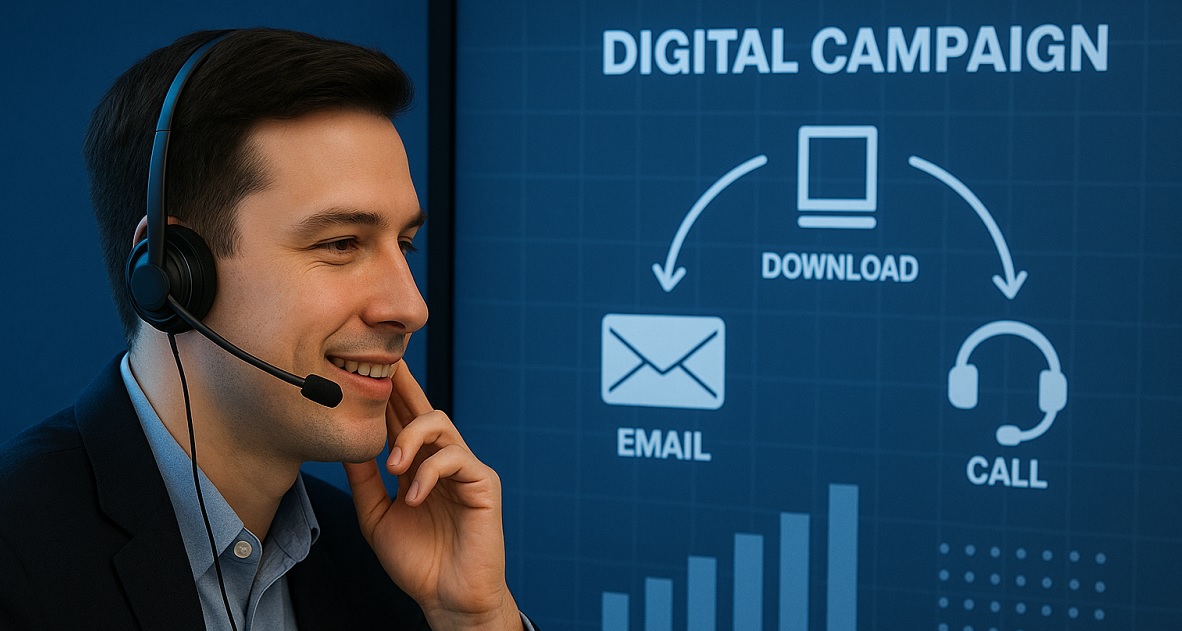
Integrating Telemarketing and Digital Campaigns: Building a Scalable Partner Marketing Demand Engine
Partner marketing strategies in the B2B technology sector continue to evolve rapidly. As buyer behaviors shift across digital channels and personal engagement declines, traditional marketing tactics alone can no longer drive a predictable pipeline. Organizations that rely on a partner ecosystem to scale their reach, particularly in the mid-market, now face a fundamental question: how do you equip partners to generate and convert demand at scale?
The answer lies in integration. Telemarketing and digital tactics, when strategically combined, can transform the economics of pipeline development. While digital outreach creates broad awareness and warms up intent, telemarketing delivers the human connection that secures meetings and accelerates sales cycles. Companies that invest in partner marketing infrastructure capable of synchronizing these approaches create a scalable growth engine that bridges gaps between marketing qualified leads and real sales conversations.
This fusion does more than just increase appointment rates. It reduces cost per lead, shortens sales cycles, and improves campaign accountability. It also empowers partners who may lack the resources to manage a full-funnel program independently. Tele-digital integration makes partner marketing measurable, efficient, and results-oriented.
This article explores how businesses can implement and scale integrated partner marketing programs across diverse channel ecosystems. The following sections will demonstrate what it takes to execute partner marketing with precision and purpose, from building lead pipelines and enriching data to launching multi-touch campaigns and supporting follow-through.
1. Why Tele-Digital Integration Matters in Partner Marketing
Digital marketing alone often fails to convert interest into engagement. While email, paid search, and social media can generate visibility and attract inbound signals, they rarely deliver consistent, qualified sales appointments—especially in the B2B mid-market. Most partner marketing campaigns that rely exclusively on digital touchpoints produce a large volume of activity but lack the mechanism to qualify and progress leads.
Telemarketing closes that gap. Strategic outbound calling creates the one-on-one interaction necessary to advance a lead from interest to commitment. It offers partners a way to ensure that prospects attend meetings, understand the value proposition, and engage with decision-makers who influence purchasing decisions.
Partner marketing requires these two systems—digital and tele—to work in tandem. Integrated partner marketing does not simply alternate between digital ads and phone calls. Instead, it connects insights across both channels to create a synchronized buyer journey. For example, a prospect downloading a whitepaper can be called within 24 hours, using contextual data to guide the conversation. If the lead doesn’t convert, the system sends automated nurturing emails to reinforce the message before the next follow-up call.
This sequence builds familiarity and trust, two prerequisites for mid-market conversions. It also removes the guesswork from the equation. Instead of asking a partner to chase cold leads, integrated partner marketing delivers well-timed, contextual outreach—giving partners the edge they need to convert.
Companies that master tele-digital synchronization outperform those that treat each tactic in isolation. They enable their channel partners to follow up at precisely the right moment with the right message using the right medium. That orchestration creates higher response rates, more qualified meetings, and a more productive sales engine.
2. Building Lead Pipelines with Enriched Data and Targeted Outreach
At the heart of any successful partner marketing campaign is the lead database's quality. Without precise targeting, even the best-executed campaign will fail to convert. Integrated programs begin by enriching contact data with firmographic, technographic, and behavioral signals. These attributes enable better segmentation and ensure outreach aligns with each prospect’s engagement readiness.
Partners often struggle to maintain clean, current databases. They may rely on legacy lists or outdated CRM entries. Vendors must solve this by investing in lead sourcing, validation, and enrichment before any outbound effort begins. A well-structured partner marketing initiative includes tools that score leads based on job title, company size, industry vertical, and recent digital activity.
Once teams enrich the database, they can segment audiences and align campaign messaging to specific buying centers. For example, IT directors might receive product-centric content focused on deployment benefits, while procurement leads get ROI-focused collateral. These distinctions matter—especially in multi-stakeholder B2B decisions.
Partner marketing initiatives should also include dynamic list augmentation. Rather than build a static database, vendors should integrate intent signals from search behavior, event attendance, and website interaction. Partners can then contact contacts actively researching related solutions, significantly increasing conversion potential.
Outbound telemarketing plays a critical role in verifying and qualifying these leads. Calling campaigns confirm decision-maker names, uncover project timelines, and identify business challenges. These insights refine future outreach and help personalize follow-ups, creating a feedback loop between digital and tele activities.
The result is a high-confidence lead pipeline built on clean data, verified interest, and real-time buyer signals. This foundation is critical for scalable partner marketing success.
3. Designing and Launching Multi-Touch Campaigns Across Channels
The most effective partner marketing campaigns follow a structured, multi-touch sequence. Single-channel outreach, especially in B2B mid-market environments, rarely produces the volume or quality of appointments needed to hit growth targets. Success comes from multiple touchpoints, reinforcing the message and increasing engagement likelihood.
An integrated partner marketing campaign typically begins with digital outreach. This can include targeted display ads, paid social campaigns, and email drips. These touchpoints introduce the value proposition and invite initial interest through downloadable content, webinar signups, or contact forms.
After a lead engages digitally, telemarketing takes over. A skilled caller follows up quickly—usually within one business day—referencing the specific piece of content the lead accessed. This creates a warm conversation and often results in a scheduled meeting. If the lead isn't ready to book, the rep logs relevant insights and adds them to a nurture track.
Follow-up emails and retargeting ads continue the engagement while BDRs pursue timed callbacks. Over time, this sequence pushes the lead closer to sales-readiness. Partner marketing thrives when these hand-offs are seamless. Each touchpoint must build on the previous one, reinforcing the core message while adapting to new insights gathered from the last interaction.
Content plays a pivotal role in multi-touch campaigns. Partners should receive a library of assets—including case studies, solution briefs, demo videos, and ROI calculators—tailored to each buyer journey stage. The campaign cadence must reflect the length of the sales cycle, typically between 60 and 90 days for mid-market solutions.
Tele-digital integration increases appointment volume while maintaining quality. Instead of random calling or uncoordinated emails, the campaign operates as a system—constantly guiding leads through an intentional journey. Partner marketing becomes predictable, repeatable, and scalable when designed with this degree of precision.
4. Integrating CRM, Analytics, and Execution Platforms
Technology drives scalability in partner marketing. Without the right systems, even well-designed campaigns falter due to operational friction. The goal is not just to execute one campaign but to create a repeatable model that partners can launch consistently across regions and verticals.
A modern partner marketing platform must integrate CRM data, campaign assets, lead workflows, and analytics dashboards. This integration allows for real-time visibility into pipeline performance. Partners can see which contacts opened emails, clicked on ads, answered calls, or booked meetings. These insights enable agile decision-making and faster iteration.
CRM integration also ensures seamless lead hand-offs between digital and tele teams. When a BDR makes a call, they must know what the prospect interacted with, how often, and when. This context enables better conversations and higher conversion rates.
Analytics play a central role in optimizing campaigns. Dashboards should track KPIs such as email open rates, call-to-meeting conversion, cost per lead, and average sales cycle length. Partner marketing thrives when vendors and partners have access to the same data—and can act on it collaboratively.
Workflow automation further increases efficiency. Lead scoring models route high-intent leads to the tele team automatically. Nurture campaigns adjust based on engagement behavior. Reps receive call task reminders and suggested scripts based on the campaign stage. All of these features reduce administrative burden and help teams focus on selling.
Execution platforms should be intuitive and require minimal training. Partners must be able to launch campaigns without needing a full-time marketing operations team. Vendors that provide out-of-the-box campaign kits within a centralized platform remove friction and improve adoption.
Ultimately, technology is not a substitute for strategy. But when used correctly, it acts as an accelerator—turning strategy into scalable, partner-executable campaigns that generate real pipelines.
5. Aligning Resources, Talent, and Budget for Long-Term Success
Effective partner marketing depends as much on exceptional talent and resource planning as it does on strategy or technology. Vendors must recognize that many partners lack the internal infrastructure to manage multi-channel campaigns. Providing unparalleled support—primarily through trained business development resources—can dramatically increase campaign effectiveness.
A full-time BDR who understands the solution, the market, and the campaign goal is invaluable. These reps serve as the engine behind the tele portion of the strategy. They don’t just make calls; they uncover buying signals, qualify interest, and ensure meetings happen. Partner marketing programs that include this level of support deliver consistently better results.
Budget alignment is equally critical. Too many organizations expect outsized results from limited investments. A $5,000 campaign may generate awareness but won’t produce ten qualified appointments. Vendors must help partners match expectations to investment—and guide them toward plans that deliver positive ROI.
The most successful partner marketing programs also provide flexibility. Not every partner has the exact needs. Some excel in digital execution but need help with calling. Others have strong sales teams but no marketing engine. Modular program designs allow each partner to activate the components they need most.
Ongoing enablement ensures partners grow their capabilities over time. This includes campaign training, sales coaching, performance reviews, and peer benchmarking. Vendor support should not end at launch—it must continue through every execution phase.
When partners feel equipped, supported, and confident, they invest more energy into executing campaigns. That commitment translates into better outcomes for the individual partner and the entire channel ecosystem.
Conclusion
Partner marketing stands at a crossroads. The proliferation of digital tools and declining human engagement rates make it tempting to rely entirely on automation. However, B2B decision-making remains fundamentally relational. Buyers still respond to value-driven, contextual conversations—especially when those conversations are timely and relevant.
Tele-digital integration solves this reality. It combines the reach of digital with the persuasion of personal engagement. It transforms partner marketing from a fragmented tactic into a coherent, outcome-focused strategy.
Success depends on data quality, campaign sequencing, real-time analytics, CRM integration, and human execution. Organizations that commit to these pillars create a partner marketing system that scales predictably across verticals and geographies.
More importantly, they give their partners a competitive advantage. In markets where differentiation is complex and attention spans are short, the ability to deliver well-timed, personalized outreach makes all the difference.
Partner marketing continues to evolve. Those who embrace integrated models—where tele and digital work as one—will define the next era of growth.
Best Practices Guidebook
 Definitive Guide to a Partner Ecosystem-First Sales Strategy
Definitive Guide to a Partner Ecosystem-First Sales StrategyDownload for FREE
 The Partner-Led Digital and AI Transformation Best Practices
The Partner-Led Digital and AI Transformation Best PracticesDownload for FREE
 Startup Talent Recruitment: Hiring Missionaries, Not Mercenaries
Startup Talent Recruitment: Hiring Missionaries, Not MercenariesDownload for FREE
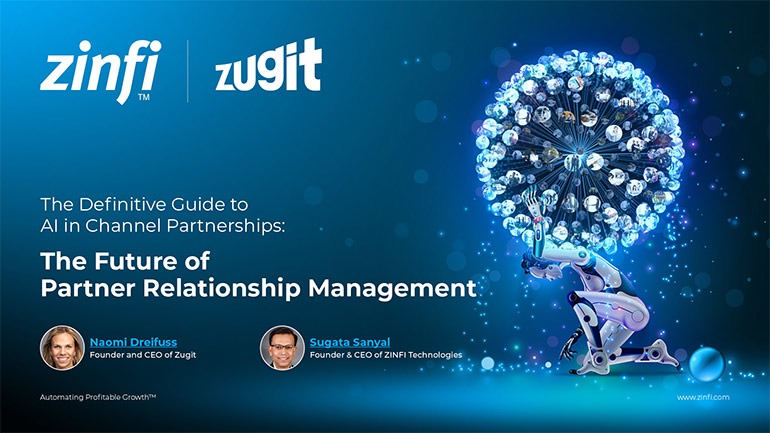 The Future of Partner Relationship Management with AI in Partnerships
The Future of Partner Relationship Management with AI in PartnershipsDownload for FREE
 Cybersecurity for the 99%: Strategies from the Frontline
Cybersecurity for the 99%: Strategies from the FrontlineDownload for FREE
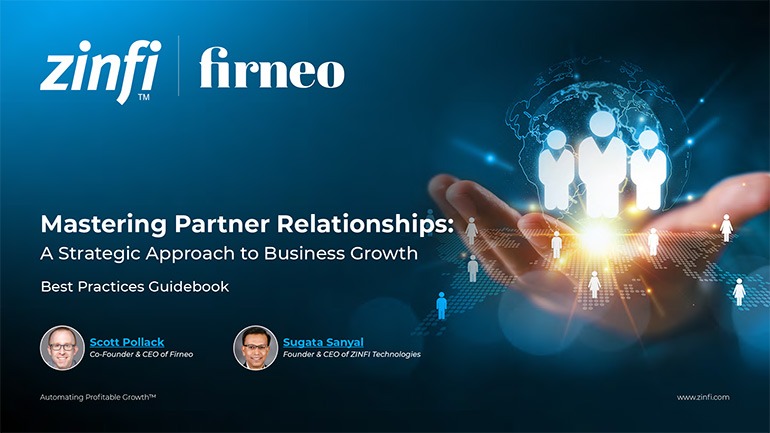 Mastering Partner Relationships: A Strategic Approach to Business Growth
Mastering Partner Relationships: A Strategic Approach to Business GrowthDownload for FREE
 The Smart Manufacturing Playbook: Industry 4.0 Transformation
The Smart Manufacturing Playbook: Industry 4.0 TransformationDownload for FREE
 Mastering Partner Relationship Management: Keys to SaaS Channel Success
Mastering Partner Relationship Management: Keys to SaaS Channel SuccessDownload for FREE
 Navigating the AI Revolution: Guide for Partners in the Microsoft Ecosystem
Navigating the AI Revolution: Guide for Partners in the Microsoft EcosystemDownload for FREE
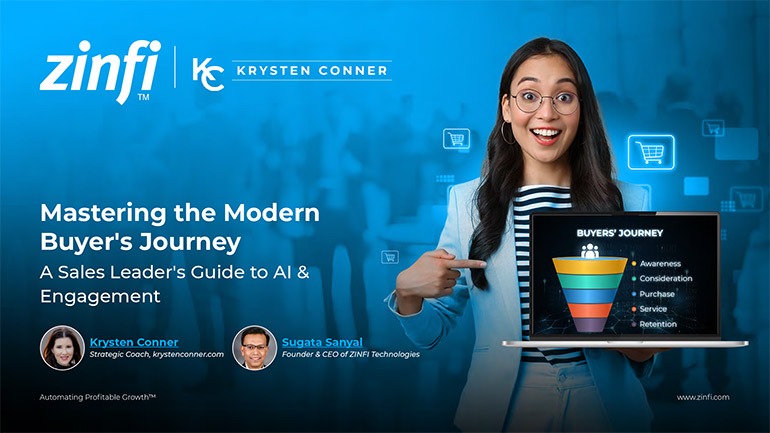 Mastering the Modern Buyers Journey: Sales Leader’s Guide to AI & Engagement
Mastering the Modern Buyers Journey: Sales Leader’s Guide to AI & EngagementDownload for FREE
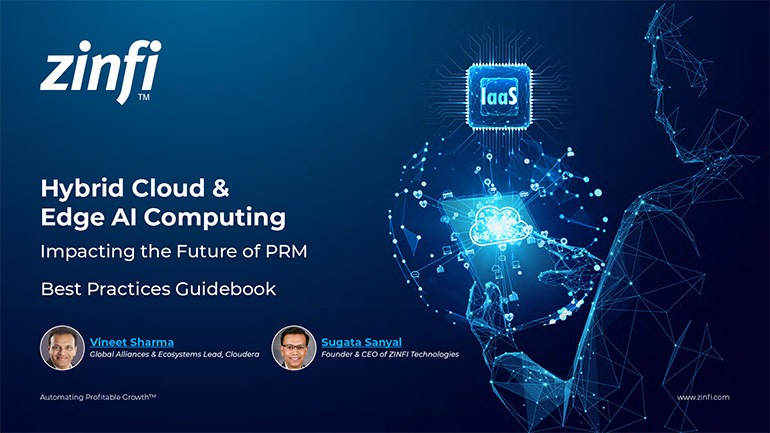 Hybrid Cloud and Edge AI Computing Impacting the Future of PRM
Hybrid Cloud and Edge AI Computing Impacting the Future of PRMDownload for FREE
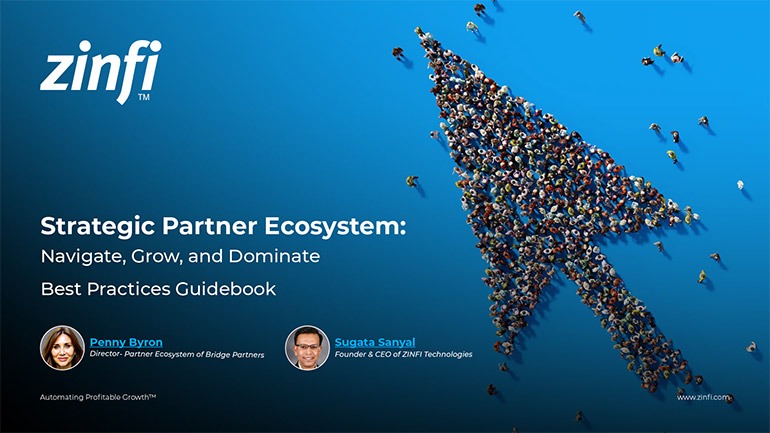 Strategic Partner Ecosystem: Navigate, Grow, and Dominate
Strategic Partner Ecosystem: Navigate, Grow, and DominateDownload for FREE
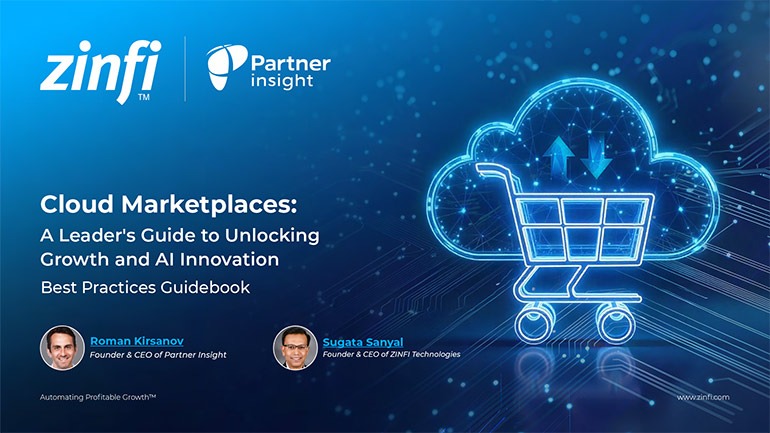 Cloud Marketplaces: Leader’s Guide to Unlocking Growth and AI Innovation
Cloud Marketplaces: Leader’s Guide to Unlocking Growth and AI InnovationDownload for FREE
 Getting More From Partner Performance: Guide to Measuring What Matters
Getting More From Partner Performance: Guide to Measuring What MattersDownload for FREE
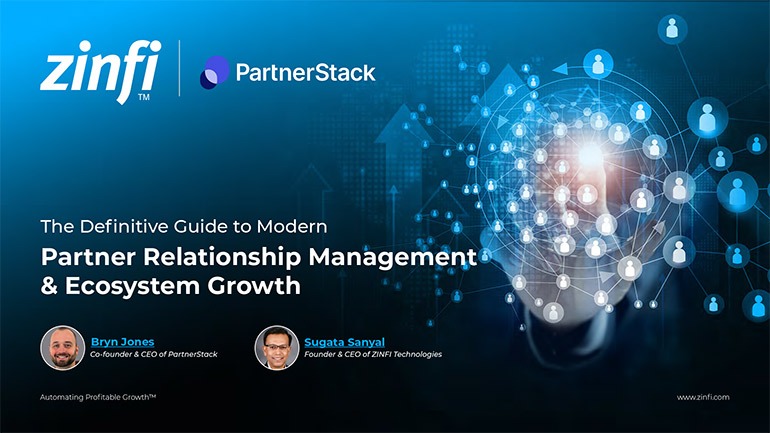 Guide to Modern Partner Relationship Management & Ecosystem Growth
Guide to Modern Partner Relationship Management & Ecosystem GrowthDownload for FREE
 Debunking the Entrepreneurship Myth Best Practices
Debunking the Entrepreneurship Myth Best PracticesDownload for FREE
 AI-Powered PartnerOps: The Next RevOps Frontier Best Practices
AI-Powered PartnerOps: The Next RevOps Frontier Best PracticesDownload for FREE







